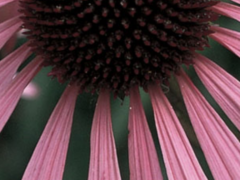
‘Prairie Giant’ coneflower
Echinacea purpurea 'Prairie Giant'
Distinguished by its giant flowers that grow 6-9” in diameter and leaves to 24” long, … Continued
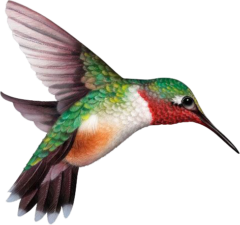 Hummingbirds, bees and butterflies are well-known pollinators, but there are thousands of unsung pollinator heroes, including moths, wasps, flies, and beetles, many mammals, birds, and reptiles, who also take on the job.
Hummingbirds, bees and butterflies are well-known pollinators, but there are thousands of unsung pollinator heroes, including moths, wasps, flies, and beetles, many mammals, birds, and reptiles, who also take on the job.
Pollinators move from plant to plant, fueling up with pollen and nectar from blooming trees, shrubs, perennials, annuals, vegetable plants, and herbs. As they move, the pollinators transport and deposit pollen, fertilizing plants and allowing them to reproduce.
Pollinator plants can be native and non-native, but not all flowering plants are equal when it comes to providing the highest quality protein-rich pollen. Many hybrids don’t even produce pollen at all. The following list includes pollen-rich plants to include in your garden to provide pollinators with food.
Local butterfly expert Lenora Larson has created these informational handouts. You can download them here!
• Butterflies: Flying Flowers in your Garden!
• A Vital Connection: Native Plants and Butterflies
• Long Lips Farm Caterpillar Foodplants
• Butterfly Bartending: Nectar Flowers
• Long Lips Farm: Selected Butterfly Nectar Flowers
• Bee Friendly: Plants for Bees and Other Pollinators
Since 1970 the population of North American birds has dropped nearly 30% — almost three billion birds have vanished from our forests, grasslands, and backyards in less than a human lifetime. It’s a chilling fact that makes it clear that we must act as individuals to help ensure their survival.
Most importantly, ninety-six percent of all terrestrial bird species rear their young on insects so it is also important to grow plants that feed insects to provide a well-rounded habitat in your garden.
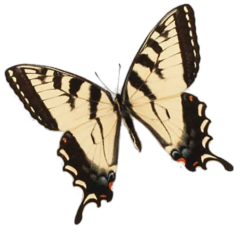

Echinacea purpurea 'Prairie Giant'
Distinguished by its giant flowers that grow 6-9” in diameter and leaves to 24” long, … Continued
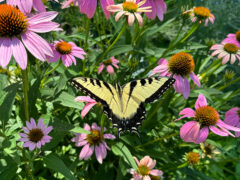
Echinacea purpurea
Showy purple flowers in July and August on plants that grow to 2-3′. Like its … Continued
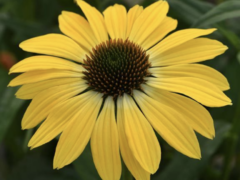
Echinacea 'Sombrero Summer Solstice'
Brilliant yellow blooms brighten gardens and complement any other color. A compact perennial that packs … Continued
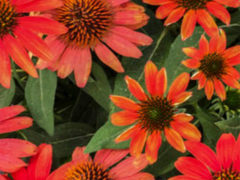
Echinacea 'Tomato Soup'
Selected for its unique and striking blooms; showcasing shades of red, including reddish-orange and pinkish … Continued
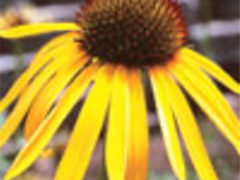
Echinacea paradoxa
A 2-4′ yellow-flowering native. Like its cousins, flowers make great cuts, butterflies are attracted to … Continued
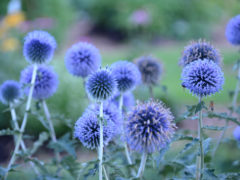
Echinops ritro
Glaucus, yucca-like foliage topped with clusters of blue, globe-shaped flowers in late summer through early … Continued
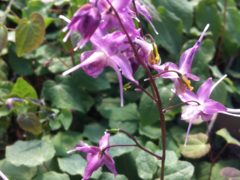
Epimedium grandiflora ‘Lilafee’
Dense, clump-forming, deciduous perennial that grows 10-15” tall with a spread to 18-20″. Native to … Continued
Eragrostis trichodes
A warm-season bunchgrass native from Ohio to Nebraska and south to Louisiana and Texas. Purple-tinted … Continued
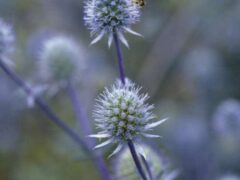
Eryngium planum
An outstanding hardy unusual ornamental that thrives in hot dry locations and blooms in summer … Continued
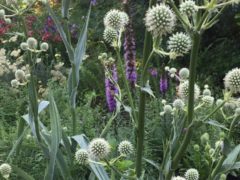
Eryngium yuccifolium
Beautiful native growing to 4′ tall with glaucus, yucca-like foliage topped with clusters of white, … Continued
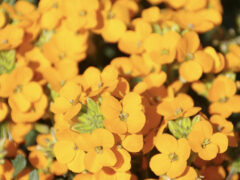
Erysimum Glow™ Mango
Low, ground-hugging habit and long bloom time with loads of honey-scented blooms in a citrus-y … Continued
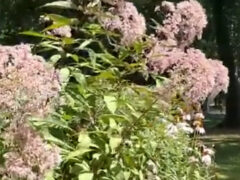
Eupatorium maculatum
An excellent back of the border native plant growing 6′ tall or more with deep … Continued